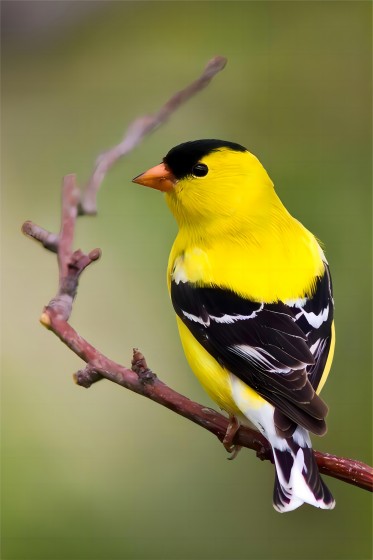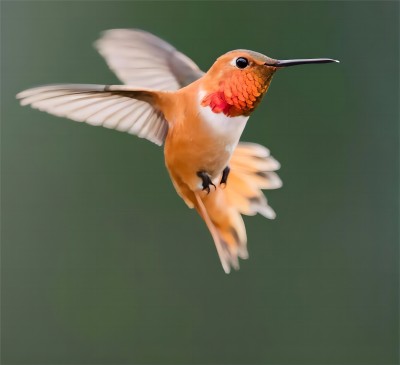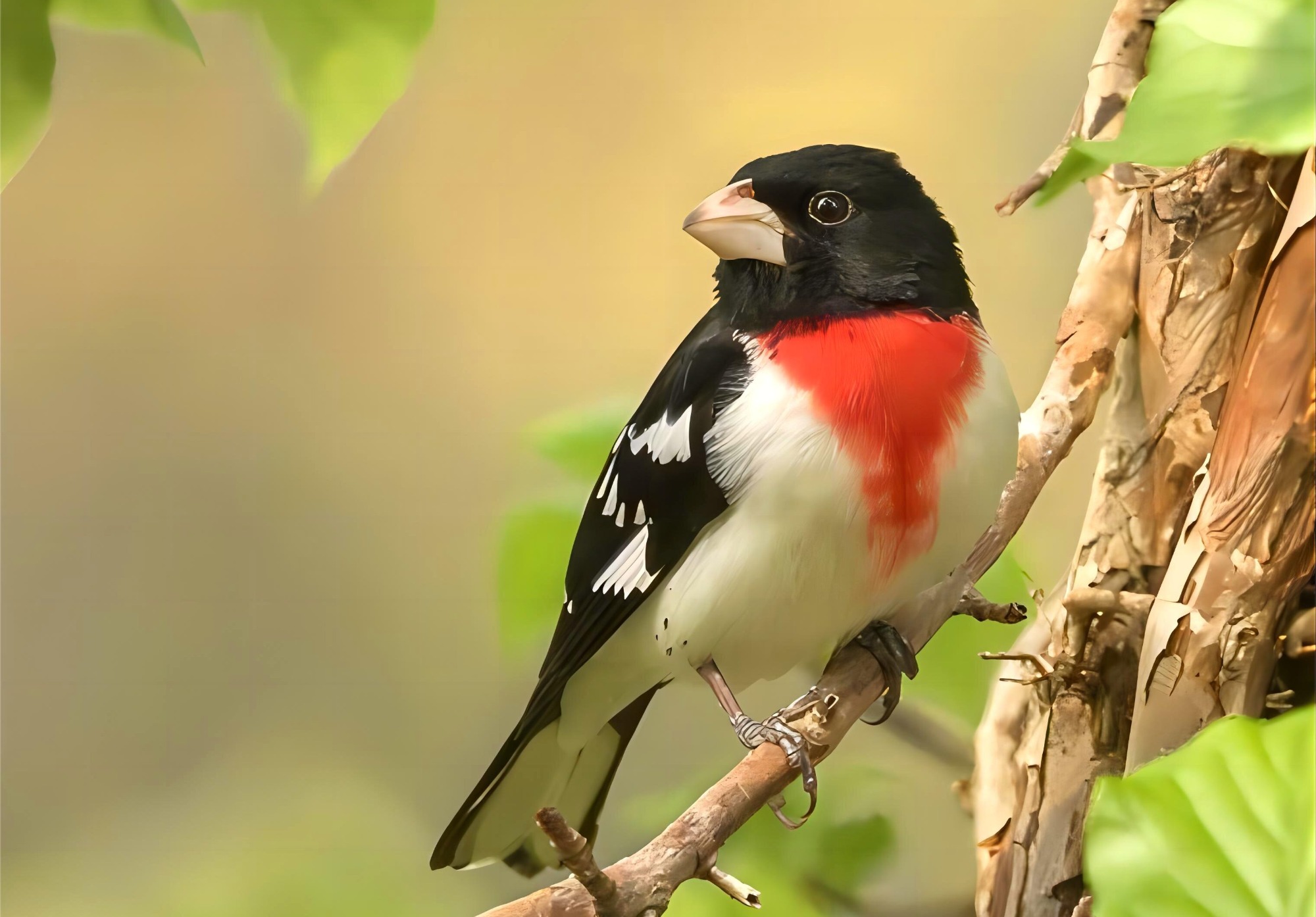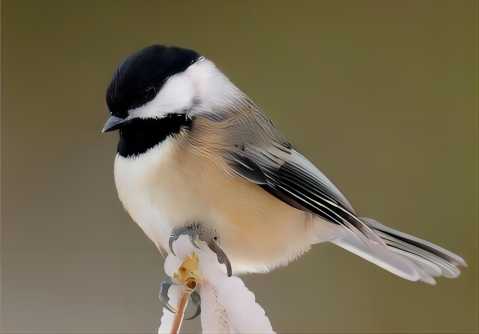Spinus tristis, commonly known as the American Goldfinch, is a small but vibrant bird species that captivates observers with its striking appearance and cheerful presence. This beloved avian species is renowned for its bright yellow plumage and delightful song, making it a favorite among birdwatchers and nature enthusiasts.


Physical Characteristics:
- Distinctive Plumage: The American Goldfinch boasts a brilliant yellow body with striking black wings and a black cap on the head during the breeding season. In winter, the male's plumage fades to a more subdued olive color, while the female retains a more olive-brown appearance.
- Size and Shape: This finch species is small in size, with a slender body, conical bill, and a distinctive undulating flight pattern that adds to its charm.
- Sexual Dimorphism: Males exhibit brighter yellow plumage during the breeding season, while females display a more subdued coloration year-round.
Habitat and Distribution:
- Preferred Habitats: American Goldfinches are commonly found in open fields, meadows, grasslands, and areas with abundant vegetation such as gardens and parks.
- Geographical Range: They are native to North America and can be found across a wide range of habitats from southern Canada to northern Mexico, with populations also present in some parts of Central America.
Behavior and Diet:
- Diet: American Goldfinches are primarily granivorous, with a diet consisting mainly of seeds from various plants such as thistles, sunflowers, and dandelions. They may also feed on insects and small fruits.
- Migratory Behavior: These birds are partially migratory, with some populations migrating southwards during the winter months in search of food and milder climates.
- Social Behavior: American Goldfinches are often seen in small flocks, especially during the non-breeding season, and exhibit social behaviors such as foraging together and engaging in vocal communication.
Breeding and Nesting:
- Breeding Season: The breeding season for American Goldfinches typically occurs in late spring and early summer when food sources are abundant.
- Nesting Habits: Females construct cup-shaped nests made of plant fibers, grasses, and soft materials, often placed in shrubs or trees for protection.
- Egg-laying: Female American Goldfinches lay a small clutch of eggs, and both parents participate in incubating the eggs and raising the young fledglings.
Conservation Status:
- American Goldfinches are widespread and common throughout their range, with stable populations and no significant conservation concerns. Their adaptability to various habitats and their popularity among bird enthusiasts contribute to their continued presence in North American ecosystems.
The American Goldfinch's vibrant plumage, melodious song, and lively presence make it a cherished symbol of the North American avifauna. Its resilience, social nature, and beauty in both appearance and behavior highlight the importance of preserving and appreciating the diversity of bird species in our natural world.


 Introduction to Hummingbirds
Introduction to Hummingbirds
 Rose-breasted Grosbeak
Rose-breasted Grosbeak
 Comprehensive Overview of the Chickadee
Comprehensive Overview of the Chickadee